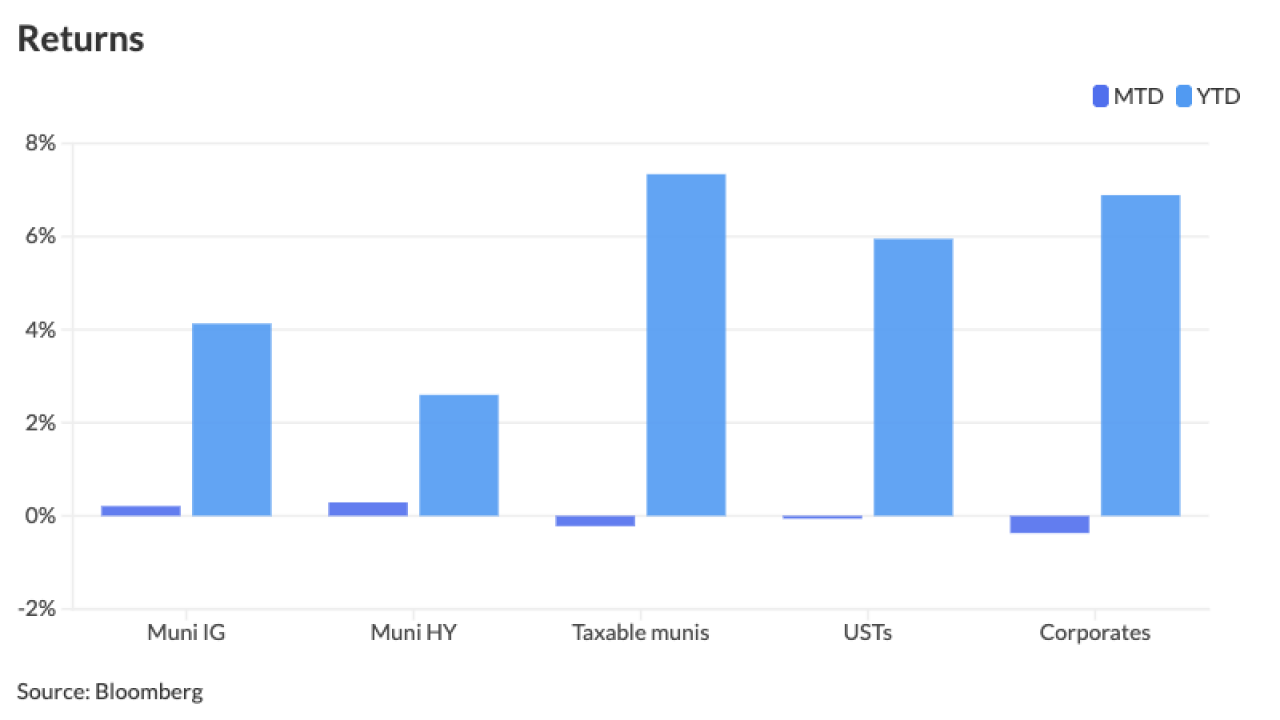State and local governments around the country are already confronting the staggering fallout from COVID-19. There are direct revenue and budget implications, particularly in jurisdictions heavily reliant on sales taxes, capital gains taxes and mineral taxes.
Public pension systems may need to reassess their funding strategies once the ramifications from stock market losses become clearer. Even property taxes, traditionally a stable revenue source in economic downturns, may be threatened by the inability for property owners to pay property taxes due.
To offer relief, the recently enacted Coronavirus Aid, Relief, and Economic Security (CARES) Act directs $150 billion directly to public entities, with billions more indirectly available through formula grants or other appropriations. But, given the restricted use of these appropriations, many governors are calling for additional aid.
One eminent concern facing budget offices is the lost and delayed revenue they may never collect because of our new economic reality. After the Great Recession, state and local revenues collapsed and took years to recover. Accessing rainy-day funds may stabilize economies in many communities for the near term, but the dislocations caused by COVID-19 appear worse and happening quicker than during the Great Recession. As a result, the more protracted this crisis becomes, the longer it may take to recover.
However, one additional solution policymakers could consider would throw state and local governments a revenue lifeline: uncapping and funding the Community Disaster Loan program.
Community Disaster Loans
Originally established in 1974, the Community Disaster Loan program is currently codified as Section 417 of the Robert T. Stafford Disaster Relief and Emergency Assistance Act. The program’s core purpose is to provide flexible assistance to governments for revenue shortfalls following disasters.
These loans were not available to state and local governments during the 2008 financial crisis because a major disaster declaration was never authorized, a prerequisite for accessing this financing. In response to the current crisis, though, President Trump authorized major disaster declarations for most states and territories. This important step unlocked the ability for the president to authorize access to critical provisions of the Stafford Act, including, at his discretion, the Community Disaster Loan program.
Community Disaster Loans could provide communities with inexpensive financing needed to meet critical services. The normal term of a Community Disaster Loan is 5 years, but it is often extended to 10 years. The Stafford Act is silent on the interest rate that must be charged, but historically, the rate applied has been the 5-year Treasury rate, currently less than 1.0%. Principal and accrued interest are often not due until maturity.
Perhaps most importantly, the Stafford Act mandates these loans “shall be cancelled” if the local government can demonstrate it has a cumulative three-year operating deficit following the disaster. So, in effect, if state and local revenues do not sufficiently recover from the COVID-19 crisis, these low interest loans could likely be canceled and converted to grants. Based on historical data, loan cancellation has occurred a majority of the time.
The catch
There is one catch to all this. Under the Stafford Act, the maximum loan an applicant can receive is $5 million. While $5 million might be sufficient for smaller communities in need, it is certainly not enough for larger jurisdictions that may require billions of dollars of federal assistance. However, policymakers could evaluate whether that limitation should be waived.
The limit has been waived before. On several occasions, including after Hurricane Katrina and Hurricane Maria, Congress removed the $5 million cap. This enabled communities to benefit from these critical funds specifically designed to make up for revenue shortages they were confronting at the time.
Community Disaster Loans are not the only solution the Federal Government will ultimately need to evaluate in mitigating the financial damage COVID-19 has inflicted on state and local governments. They can be viewed as complementary, for instance, to the Federal Reserve’s recently launched Municipal Liquidity Facility.
But, in the near term, permitting state and local borrowers to apply for an uncapped amount of Community Disaster Loans might present one additional way for the Federal Government to support our communities in need.





